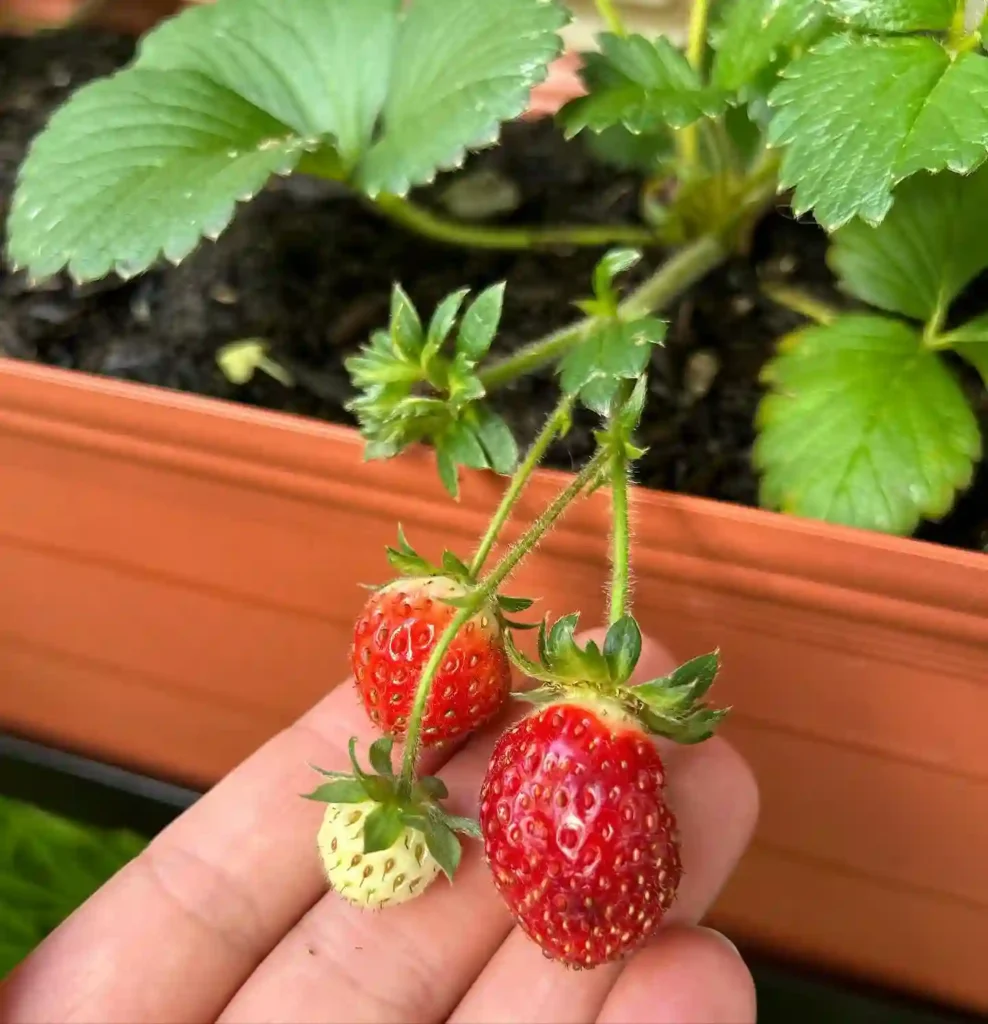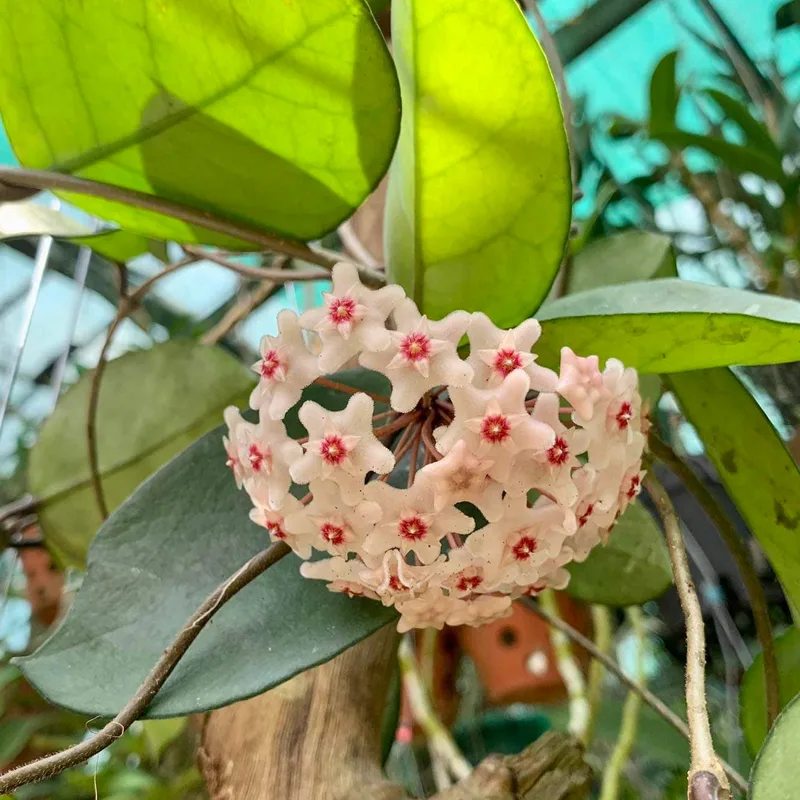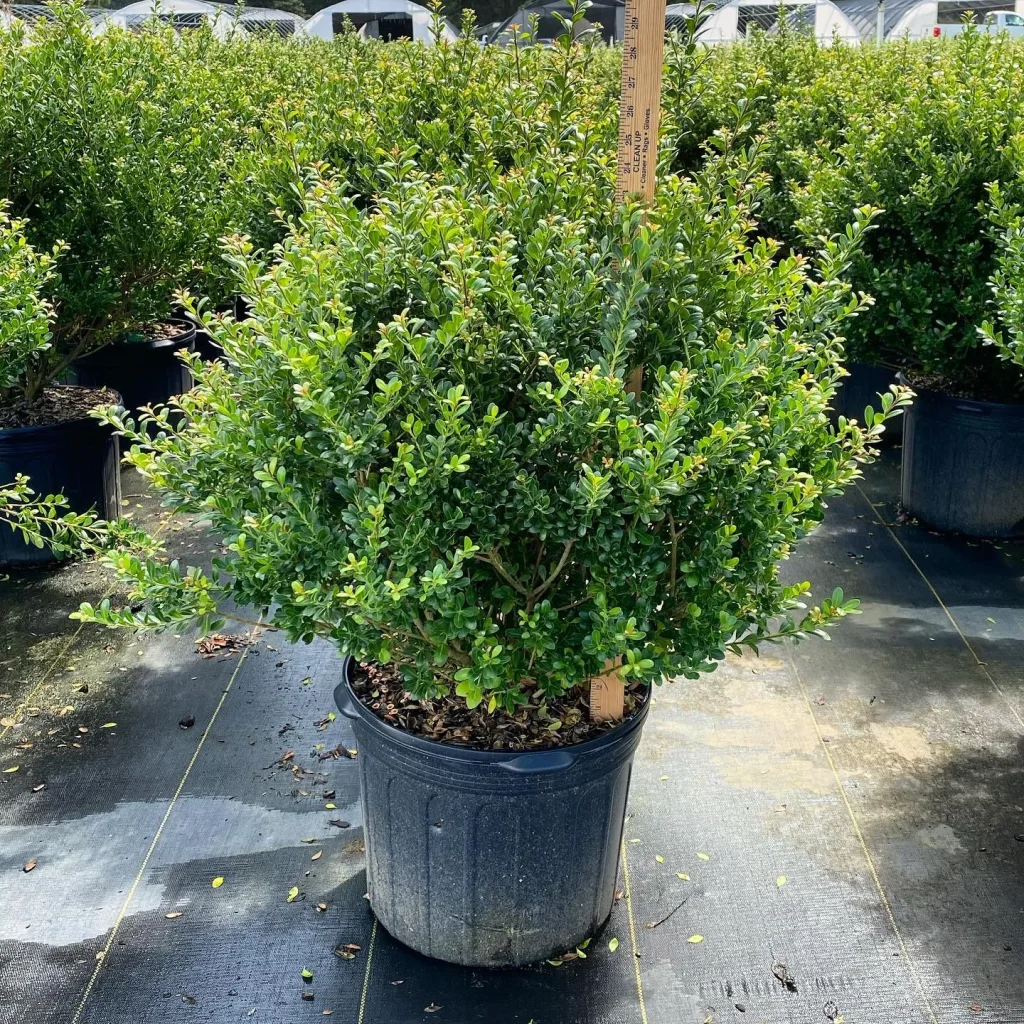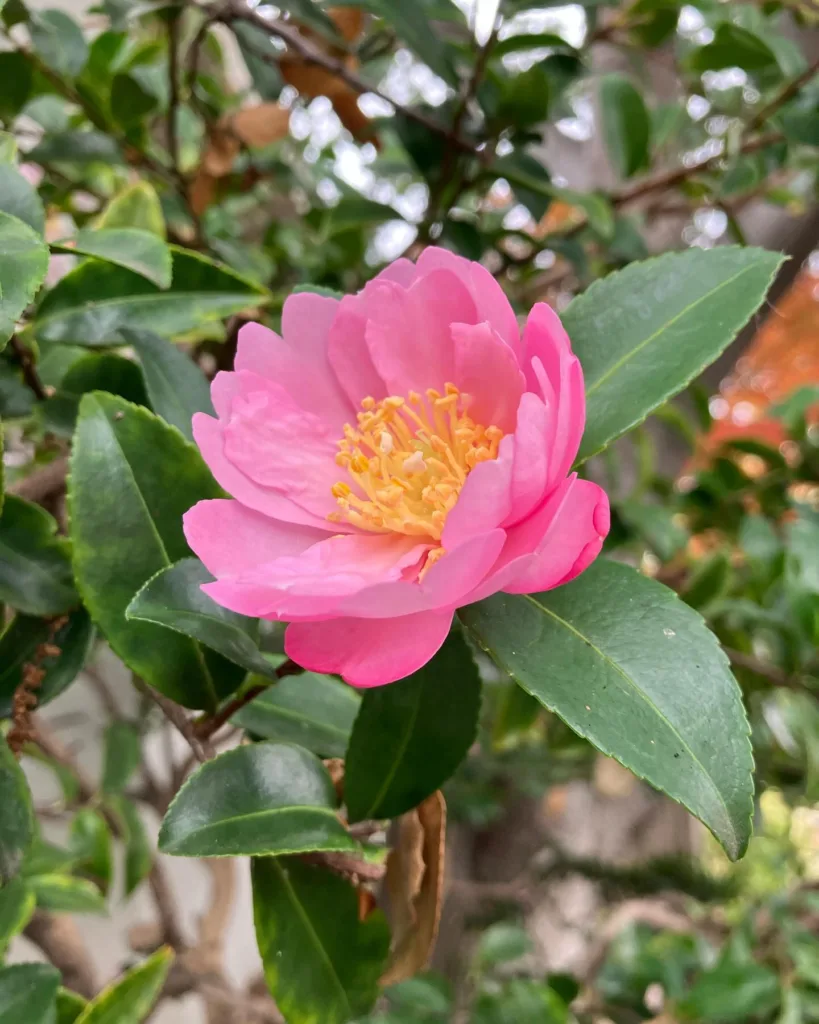The Enduring Allure of Carlina: A Thistle for All Seasons
My name is Ferb Vu, and I’ve always been drawn to the unique beauty of thistles. Their prickly demeanor, juxtaposed with often vibrant blooms, speaks to a resilience and understated elegance that I find captivating. Among the many thistle genera, Carlina holds a special place in my heart. These plants, often referred to as “carline thistles,” possess a distinct charm that sets them apart.
Carlina, a genus belonging to the Asteraceae family, boasts a diverse array of species spread across Europe, North Africa, and parts of Asia. These plants are known for their distinctive flower heads, which are surrounded by stiff, spiny bracts. These bracts, often silvery or golden in color, give the flower heads a unique, almost metallic appearance. What truly fascinates me about Carlina is its adaptability. From the dry, rocky slopes of the Mediterranean to the lush meadows of the Alps, these plants thrive in a variety of habitats. This hardiness, coupled with their unique aesthetic, makes them a favorite subject for botanists and nature enthusiasts alike.
A Closer Look at Carlina Species
The genus Carlina comprises a fascinating array of species, each with its own unique characteristics:
- Carlina acaulis: Also known as the “stemless carline thistle,” this species is characterized by its large, solitary flower heads that appear to sit directly on the ground. The silvery-white bracts surrounding the flower head open and close in response to humidity, a fascinating adaptation that has earned it the nickname “weather thistle.”
- Carlina vulgaris: This species, commonly known as the “carline thistle,” is a biennial plant with spiny leaves and upright stems. Its flower heads, though smaller than those of C. acaulis, are nonetheless striking, with golden-brown bracts that encircle the central disc florets.
- Carlina acanthifolia: This species is notable for its large, deeply lobed leaves that resemble those of the acanthus plant. Its flower heads are equally impressive, with spiny, straw-colored bracts that form a protective cage around the florets.
- Carlina corymbosa: This species is characterized by its branched inflorescences, which bear numerous smaller flower heads. The bracts of C. corymbosa are often tinged with purple, adding a touch of color to its otherwise muted palette.
- Carlina atlantica Pomel
- Carlina × bakariensis E.Mayer
- Carlina barnebiana B.L.Burtt & P.H.Davis
- Carlina biebersteinii Bernh. ex Hornem.
- Carlina brachylepis (Batt.) Meusel & A.Kástner
- Carlina canariensis Pit.
- Carlina curetum Heldr.
- Carlina diae (Rech.f.) Meusel & A.Kástner
- Carlina falcata Svent.
- Carlina frigida Boiss. & Heldr.
- Carlina graeca Heldr. & Sartori
- Carlina guittonneaui Dobignard
- Carlina hispanica Lam.
- Carlina involucrata Poir.
- Carlina kurdica Meusel & A.Kástner
- Carlina lanata L.
- Carlina libanotica Boiss.
- Carlina nebrodensis Guss. ex DC.
- Carlina oligocephala Boiss. & Kotschy
- Carlina pygmaea Holmboe
- Carlina racemosa L.
- Carlina salicifolia (L.f.) Cav.
- Carlina sicula Ten.
- Carlina sitiensis Rech.f.
- Carlina texedae Marrero Rodr.
- Carlina tragacanthifolia Klatt
- Carlina × vayredae Gaut.
- Carlina xeranthemoides L.f.
Carlina: More Than Just a Pretty Face
While Carlina’s aesthetic appeal is undeniable, these plants also possess a rich history of practical uses. In traditional medicine, various Carlina species have been employed for their purported medicinal properties. The roots of C. acaulis, for instance, were once used as a diuretic and to treat digestive ailments. Beyond their medicinal applications, Carlina plants have also been utilized for more mundane purposes. The dried flower heads, with their stiff, spiny bracts, were once used as natural combs or brushes. The plant’s tough, fibrous stems also found use in making rope or even coarse fabric.
The Enduring Appeal of Carlina
In a world increasingly dominated by fleeting trends and ephemeral beauty, Carlina stands as a symbol of enduring resilience and understated elegance. These plants, with their prickly armor and captivating blooms, remind us that beauty can be found in the most unexpected places. Whether adorning a rocky hillside or gracing a carefully cultivated garden, Carlina continues to captivate with its unique charm. For me, these plants represent a timeless connection to the natural world, a reminder of the enduring power and beauty of the plant kingdom.
If i die, water my plants!



